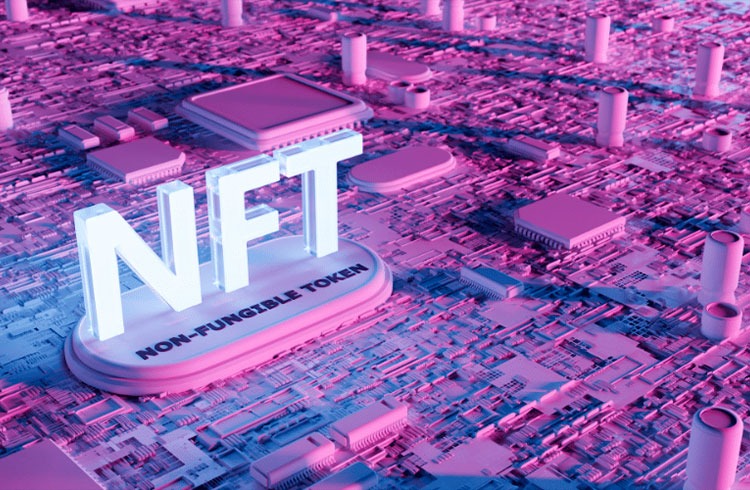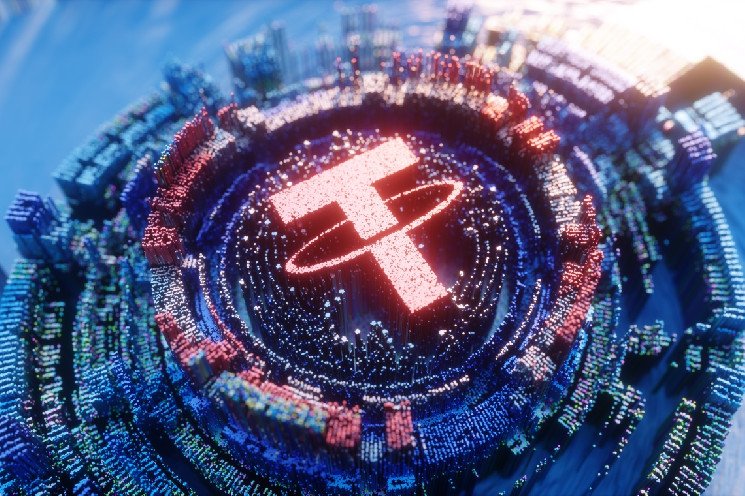At block number 13,773,000 the time had come: ETH carried out the “Arrow Glacier” upgrade, which postponed the ignition of the Difficulty Bomb by a few months again. The development team thus earns time for the transition to a proof-of-stake-based network – and indirectly holds out a date for this.
ETH pulls the rip cord – again. The upgrade integrated tonight “Arrow Glacier”Postpones the Difficulty Bomb by a few months, delaying the end of mining in the still-proof-of-work network and giving developers more leeway to deal with the many small construction sites until the switch to ETH 2.0 To take care of. The new date provides information about the eagerly awaited merge event, the merging of the current ETH version with the Beacon Chain, which marks the beginning of the proof-of-stake-based ETH 2.0.
Ice Age put on hold – for now
The transition to the new network environment is also a farewell to miners who are still responsible for processing blocks. In ETH 2.0, stakers, also known as validators, will do this in the future. The Difficulty Bomb, which has been ticking over the network since 2015 and is repeatedly postponed by various upgrades, increases the difficulty of block production so significantly that the use of computing power is no longer in proportion to the income. Mining is simply becoming unprofitable. Most recently, the grace period was postponed by the hard fork “London”.
The time when miners pack their bags and the current ETH blockchain is practically frozen is also known as the Ice Age. The latest upgrade, “Arrow Glacier”, moves this section to June 2022. So between the lines you can read a date for the changeover to Proof of Stake. In the middle of next year, ETH 2.0 should therefore be on a firm footing. Not an unrealistic goal given the advances in network development. Also ETH developer Tim Beiko hopes that the “Difficulty Bomb” fuse was lengthened one last time. As always with a network upgrade, nodes must upgrade to the latest client version. For ETH users, however, nothing will change.























